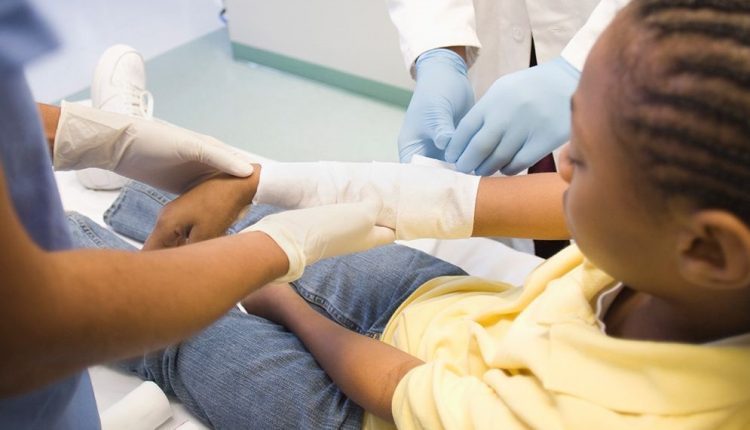
Difference between compound, dislocated, exposed and pathological fracture
In medicine, a fracture is the partial or total interruption of the continuity of a bone in the body, caused by trauma (traffic accidents, falls), pathology (tumour) or stress (from repeated microtrauma in a bone with normal mechanical strength)
Closed or exposed fracture?
When bones fracture, they can remain confined in the intact skin (closed fractures) or they can injure the skin: bone stumps protrude and communicate with the outside.
These types of fractures are called ‘exposed fractures’.
Fractures of this type carry a high risk of infection and bleeding and require antibiotic and surgical treatment.
Compound or compound fracture?
A fracture is called a ‘compound’ fracture when the two bone stumps are aligned, as opposed to a ‘displaced’ fracture where the two stumps are not aligned.
Depending on the displacement of the stumps, compound fractures can be:
- lateral,
- angular,
- longitudinal,
- rotational.
In the case of a compound one, the difficulty of treatment by the doctor is undoubtedly minor, while in the case of a decomposed one (like the one of ulna and radius that you see in the picture below) manipulation for reduction is required, in some cases by means of surgery.
Physiological or pathological fracture?
A further distinction is between physiological and pathological fractures.
Physiological fractures occur in a healthy bone that has been subjected to trauma and represent the most common type of bone fracture.
Pathological fractures, on the other hand, occur in a weakened bone due to pathology, such as a tumour or metastasis that slowly erodes the bone until it fractures.
Read Also:
Emergency Live Even More…Live: Download The New Free App Of Your Newspaper For IOS And Android
Facial Trauma With Skull Fractures: Difference Between LeFort Fracture I, II And III
Fracture Of The Wrist: How To Recognise And Treat It
Fractures Of The Growth Plate Or Epiphyseal Detachments: What They Are And How To Treat Them
Stress Fractures: Risk Factors And Symptoms
Calcaneal Fractures: What They Are, How To Intervene
Greenstick Fractures: What They Are, What The Symptoms Are And How To Treat Them
Cervical Collar In Trauma Patients In Emergency Medicine: When To Use It, Why It Is Important
KED Extrication Device For Trauma Extraction: What It Is And How To Use It
How Is Triage Carried Out In The Emergency Department? The START And CESIRA Methods
ABC, ABCD And ABCDE Rule In Emergency Medicine: What The Rescuer Must Do
Multiple Rib Fracture, Flail Chest (Rib Volet) And Pneumothorax: An Overview



